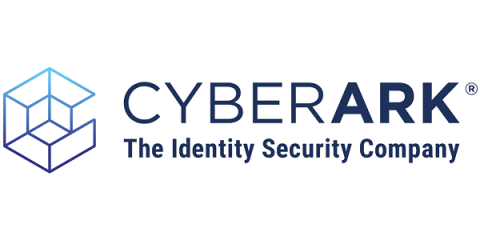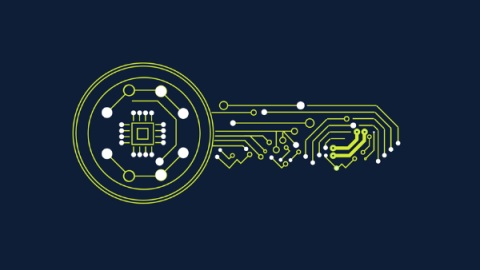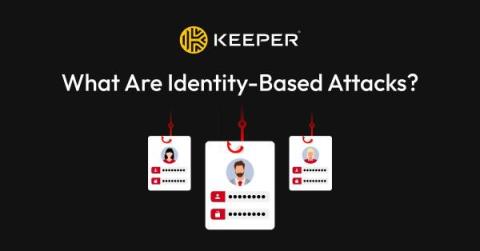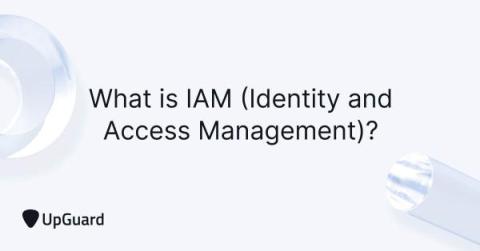Digital Contracts India: Technology behind Successful eSign Solutions
The digital revolution has ushered in a new era of contract formation and execution. In India, the advent of digital contracts, also known as electronic contracts (e-contracts), has been pivotal in the transformation of commercial transactions. These contracts, facilitated by eSign solutions, have become a cornerstone in the realm of e-commerce and online business dealings.










